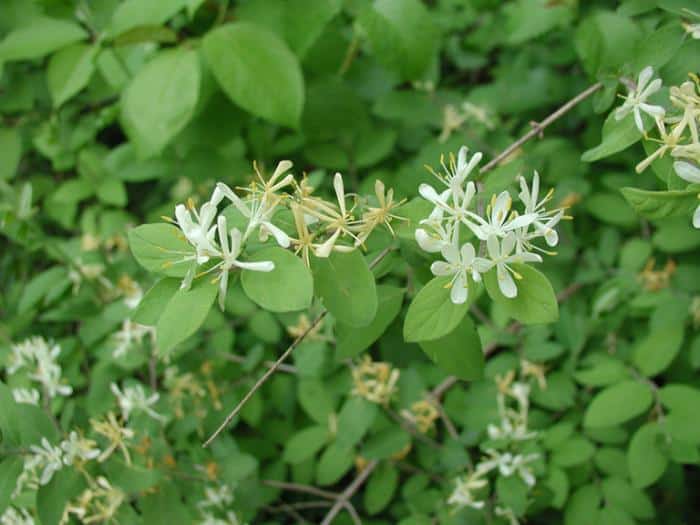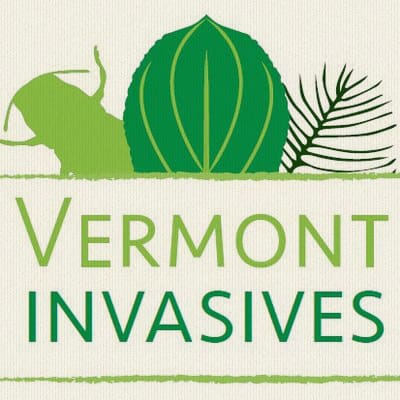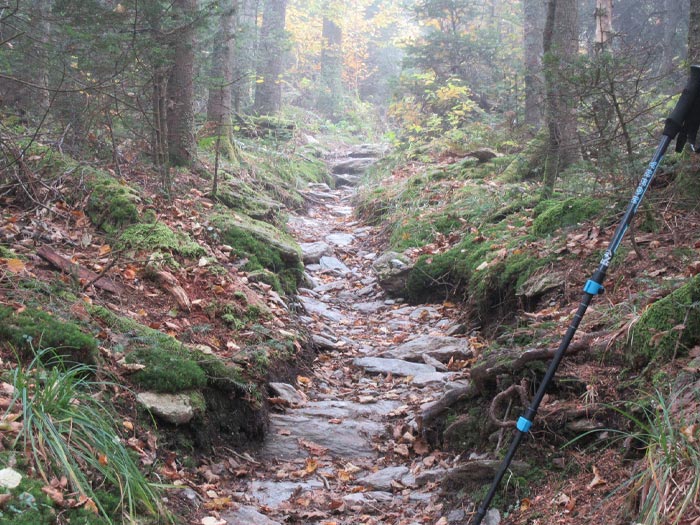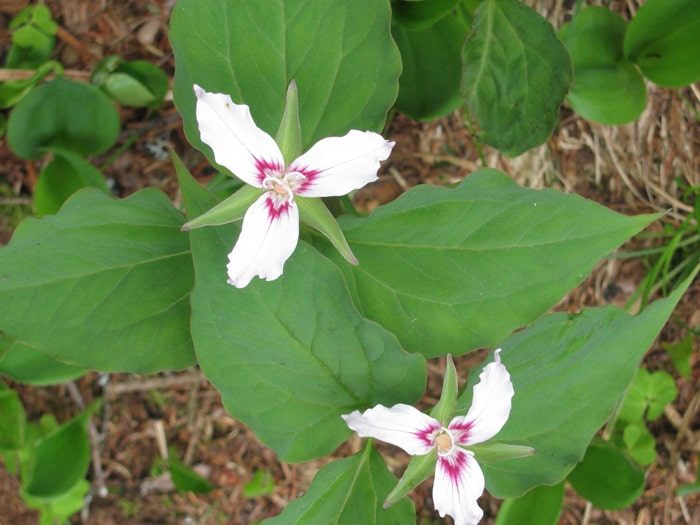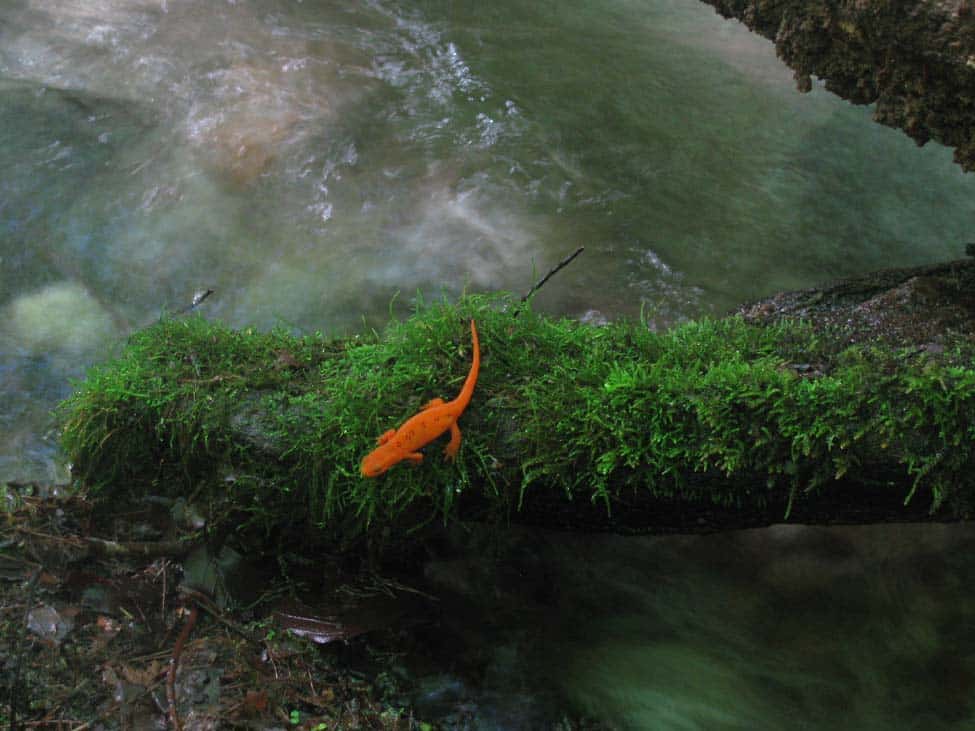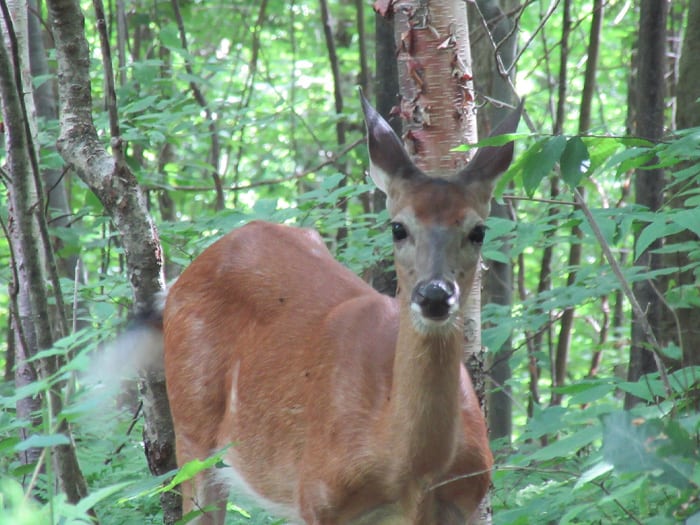
Our Mission: To encourage the responsible use of the land and protection of our natural and cultural history by providing the opportunity to interact with the environment through education, research and environmentally sensitive recreation.
Quick Links
Contact Us
Equinox Preservation Trust
P.O. Box 986
Manchester, VT 05254
802-362-7794
E-MAIL US

